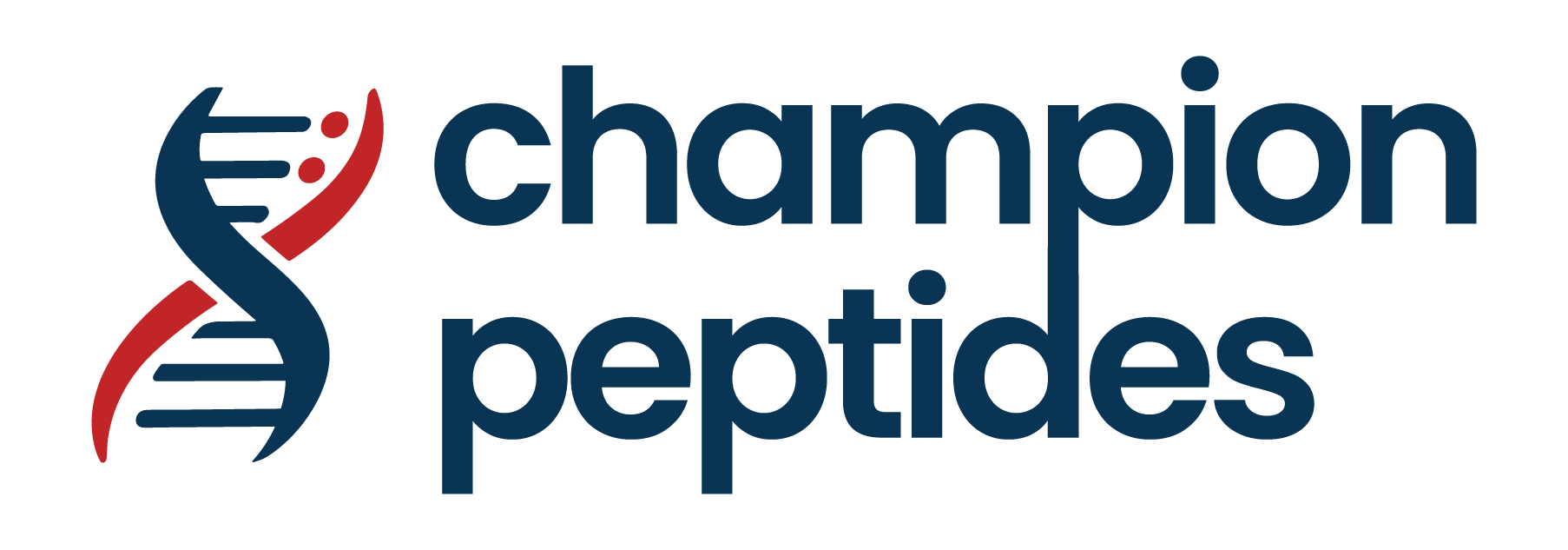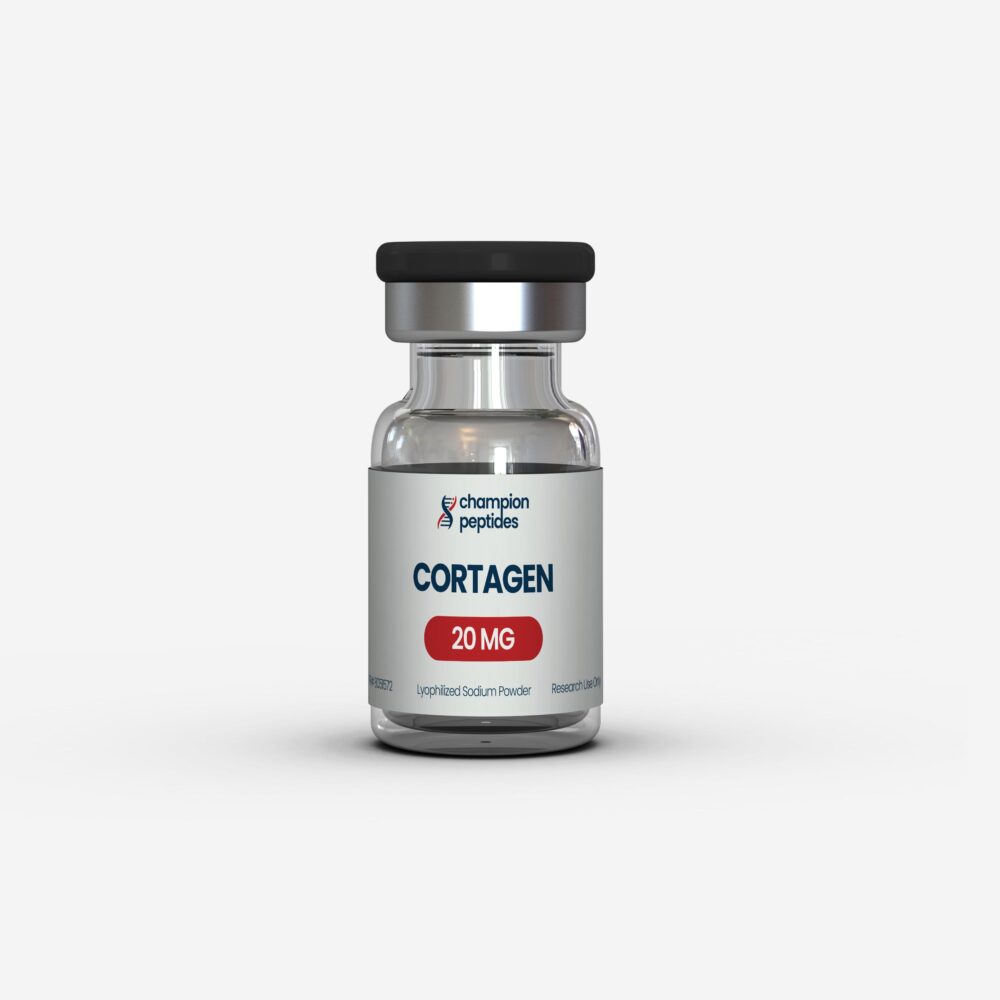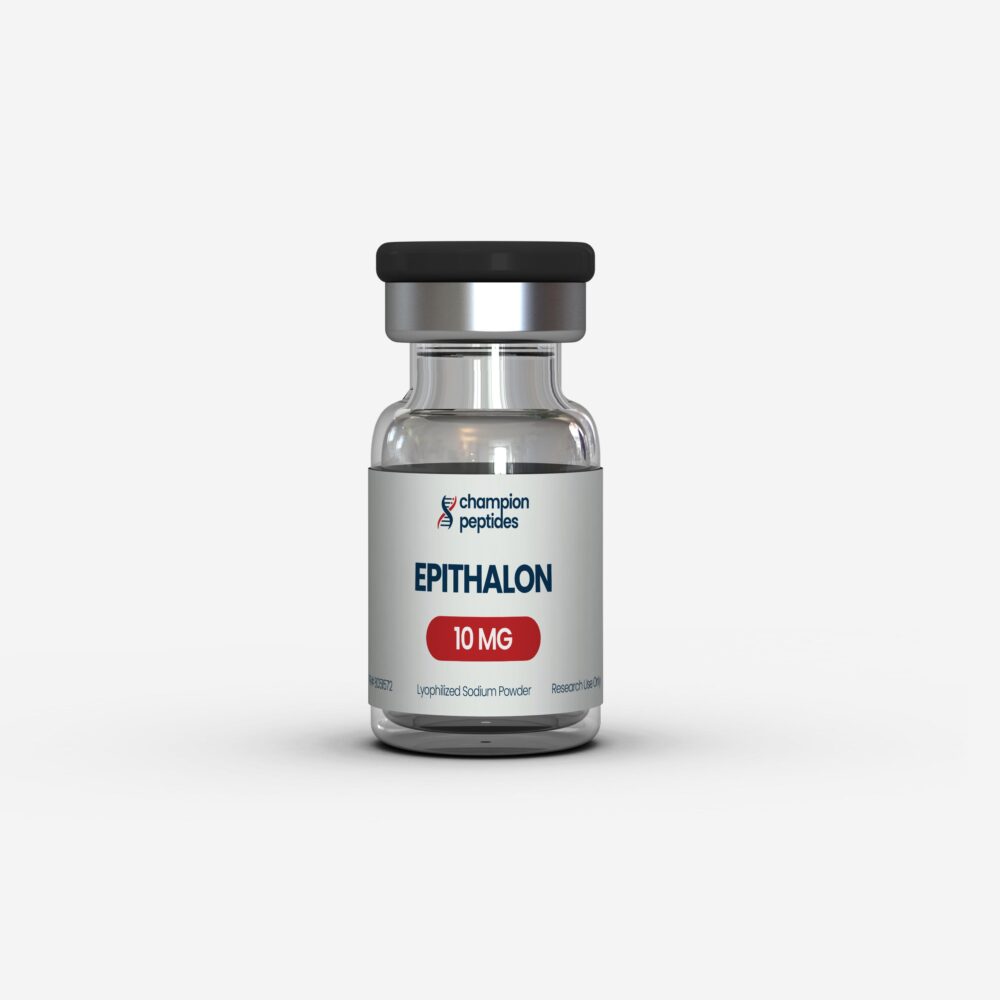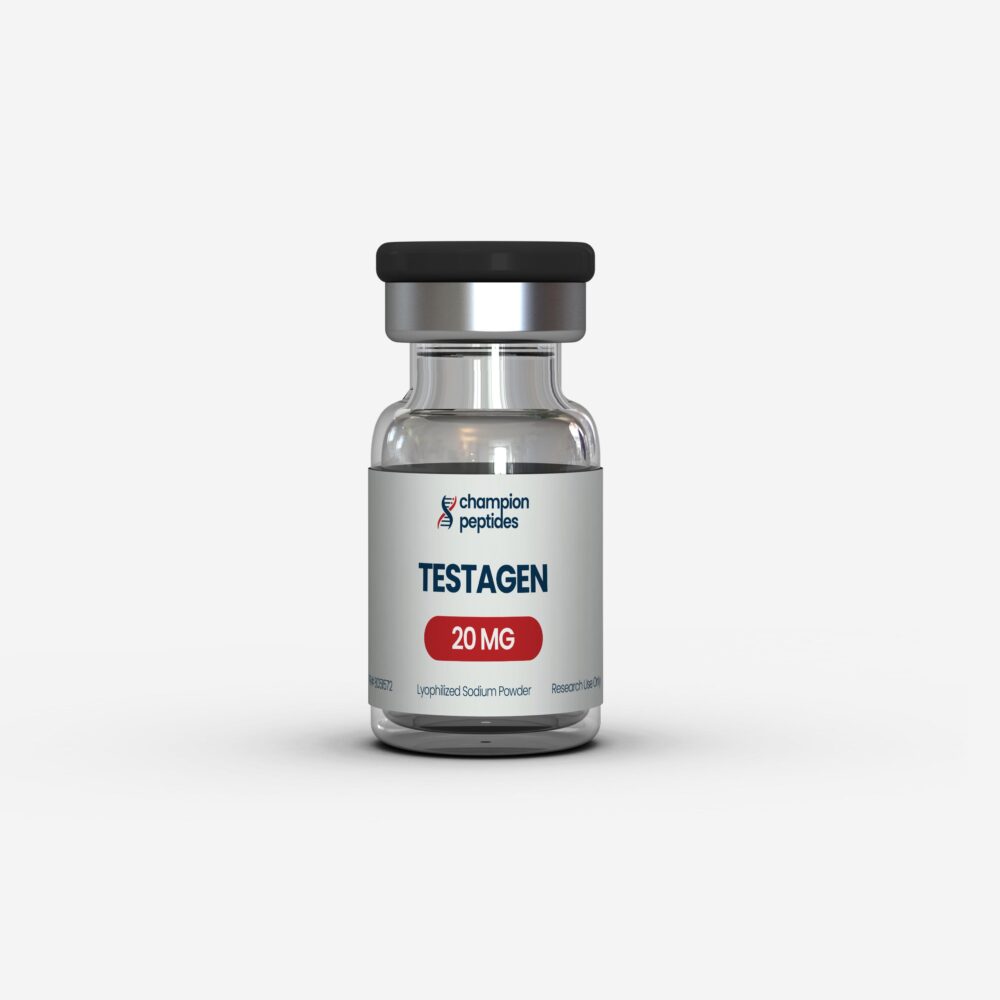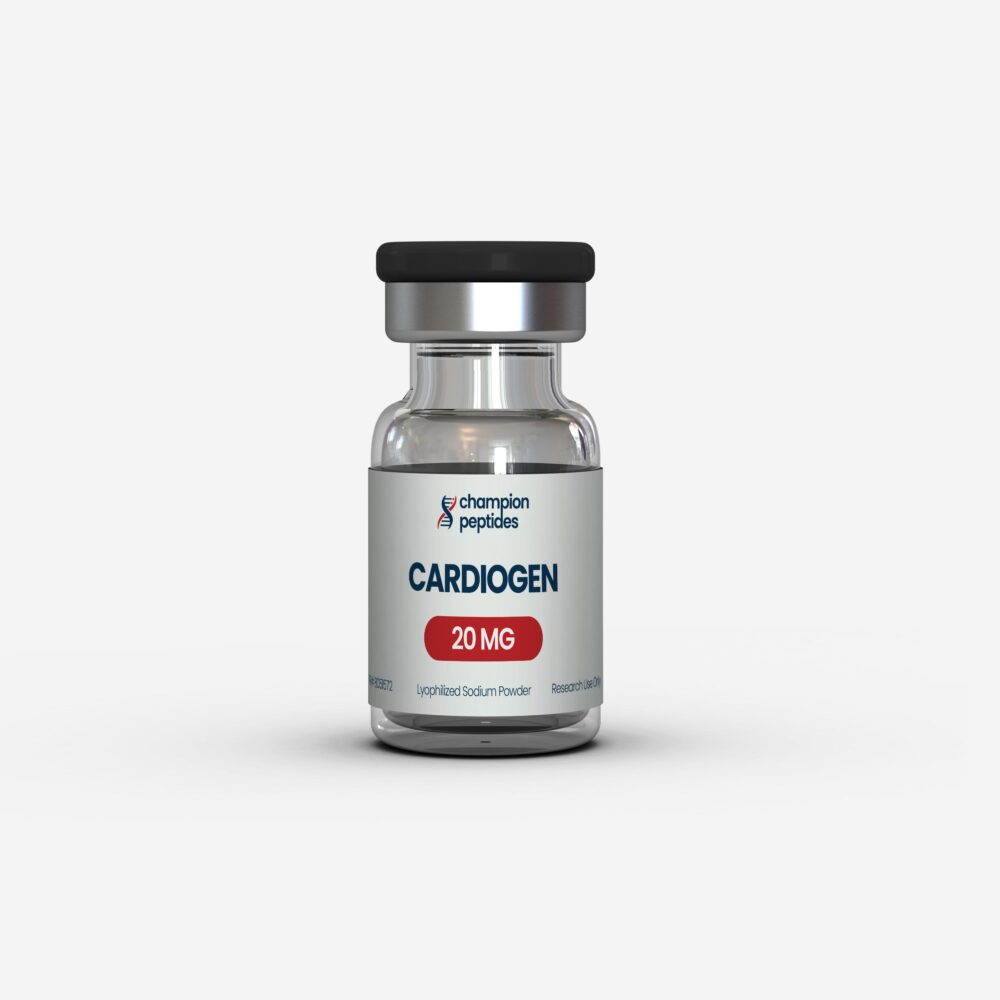TB-500, scientifically known as Thymosin Beta-4, represents a naturally occurring peptide that has captured significant attention in laboratory research settings. This 43-amino acid peptide plays fundamental roles in cellular processes, making it a valuable tool for researchers studying tissue repair mechanisms, cellular migration, and wound healing pathways.
Research institutions worldwide have been investigating TB-500’s molecular properties since its initial discovery. The peptide’s unique structure allows researchers to examine how certain cellular processes function at the molecular level, particularly those involving actin regulation and cell motility.
Why Researchers Study TB-500
Laboratory scientists are particularly interested in TB-500 because of its role as an actin-binding protein. Actin is crucial for cellular structure and movement, making TB-500 an excellent research tool for understanding:
• Cellular migration patterns in laboratory models
• Wound healing mechanisms in controlled research environments
• Angiogenesis (blood vessel formation) processes
• Inflammatory response pathways
• Tissue regeneration mechanisms
Research facilities utilize TB-500 to better understand these fundamental biological processes, contributing to our broader knowledge of cellular biology and potentially informing future therapeutic development.
Current Research Applications
Academic institutions and pharmaceutical research laboratories employ TB-500 in various experimental protocols. These research applications focus on understanding the peptide’s interaction with cellular components, its stability under different laboratory conditions, and its effects on various biological pathways in controlled research settings.
The peptide’s research applications extend across multiple scientific disciplines, from basic cell biology to regenerative medicine research, making it a versatile tool in the modern research laboratory.
Molecular Structure and Biochemical Properties
TB-500 (Thymosin Beta-4) exhibits a molecular weight of approximately 4.9 kDa and consists of 43 amino acids with the sequence: Ac-SDKPDMAEIEKFDKSKLKKTETQEKNPLPSKETIEQEKQAGES. The peptide’s secondary structure features predominantly random coil conformation with some beta-sheet elements, contributing to its flexibility and biological activity.
The peptide functions primarily as a G-actin sequestering protein, binding to monomeric actin with high affinity (Kd ≈ 0.5 μM). This interaction prevents actin polymerization, thereby regulating cytoskeletal dynamics and cellular motility. The actin-binding domain resides within the N-terminal region, specifically involving amino acids 4-16.
Analytical Methodologies and Laboratory Protocols
Research-grade TB-500 requires rigorous analytical characterization for laboratory applications. High-performance liquid chromatography (HPLC) with UV detection at 280 nm serves as the primary analytical method for purity assessment, with research-grade material typically requiring ≥95% purity.
Mass spectrometry confirmation uses electrospray ionization (ESI-MS) to verify molecular weight and structural integrity. Researchers employ reversed-phase HPLC columns (C18, 4.6 × 250 mm) with gradient elution using water/acetonitrile mobile phases containing 0.1% trifluoroacetic acid.
For storage stability studies, researchers maintain TB-500 at -20°C in lyophilized form, with reconstituted solutions stable at 4°C for up to 30 days when stored in sterile conditions. Freeze-thaw cycles should be minimized to maintain peptide integrity.
Cellular Mechanism Research
Laboratory investigations have established TB-500’s role in cellular processes through multiple pathways. The peptide promotes cell migration through its interaction with the actin cytoskeleton, facilitating lamellipodium formation and focal adhesion turnover. Research demonstrates that TB-500 treatment in cell culture models increases migration velocity by approximately 40-60% compared to control conditions.
Angiogenesis research reveals TB-500’s influence on endothelial cell sprouting and tube formation in vitro. Laboratory studies using human umbilical vein endothelial cells (HUVECs) show enhanced tubule formation in Matrigel assays, with optimal effects observed at concentrations ranging from 1-10 μM.
Inflammatory pathway research indicates TB-500’s immunomodulatory properties. Laboratory studies demonstrate the peptide’s ability to reduce pro-inflammatory cytokine expression (TNF-α, IL-1β) while promoting anti-inflammatory mediator release (IL-10) in macrophage cell culture models.
Research Applications in Tissue Engineering
Tissue engineering research laboratories utilize TB-500 as a bioactive factor in scaffold development and cell culture optimization. Studies examining TB-500 incorporation into biomaterial matrices show enhanced cellular infiltration and tissue integration in laboratory models.
Researchers investigate TB-500’s effects on mesenchymal stem cell differentiation, with laboratory evidence suggesting enhanced migration and proliferation rates. These studies typically employ concentrations ranging from 0.1-10 μM in defined culture media.
Laboratory Storage and Handling Specifications
Research-grade, TB-500, (https://championpeptides.com/product/thymosin-beta-4-tb-500-10mg/) requires specific storage conditions to maintain stability and biological activity. Lyophilized peptide should be stored at -20°C with desiccant protection, avoiding repeated temperature fluctuations.
Reconstitution protocols recommend using sterile water or phosphate-buffered saline, with final concentrations typically ranging from 0.1-1 mg/mL for stock solutions. Researchers should prepare working solutions fresh for each experiment to ensure optimal results.
Quality control protocols for research applications include visual inspection for aggregation, pH verification (6.0-8.0), and bioactivity confirmation through standardized cell-based assays.
Future Research Directions
Current research trends focus on TB-500’s potential applications in regenerative medicine research, particularly investigating its synergistic effects with other bioactive peptides and growth factors. Laboratories are exploring combination treatments and optimized delivery systems for enhanced research outcomes.
Advanced analytical techniques, including nuclear magnetic resonance (NMR) spectroscopy and circular dichroism (CD) spectroscopy, provide researchers with detailed structural information for structure-activity relationship studies.
Institutional research programs continue investigating TB-500’s mechanisms through genomic and proteomic approaches, contributing to our understanding of peptide-mediated cellular regulation.
Institutional Purchase Information: TB-500 research materials are available exclusively for qualified research institutions and licensed laboratories. All purchases require institutional verification and compliance with applicable research regulations. For research-grade thymosin beta-4, (https://championpeptides.com/product/thymosin-beta-4-tb-500-10mg/) and comprehensive analytical documentation, visit https://championpeptides.com or institutional inquiries.
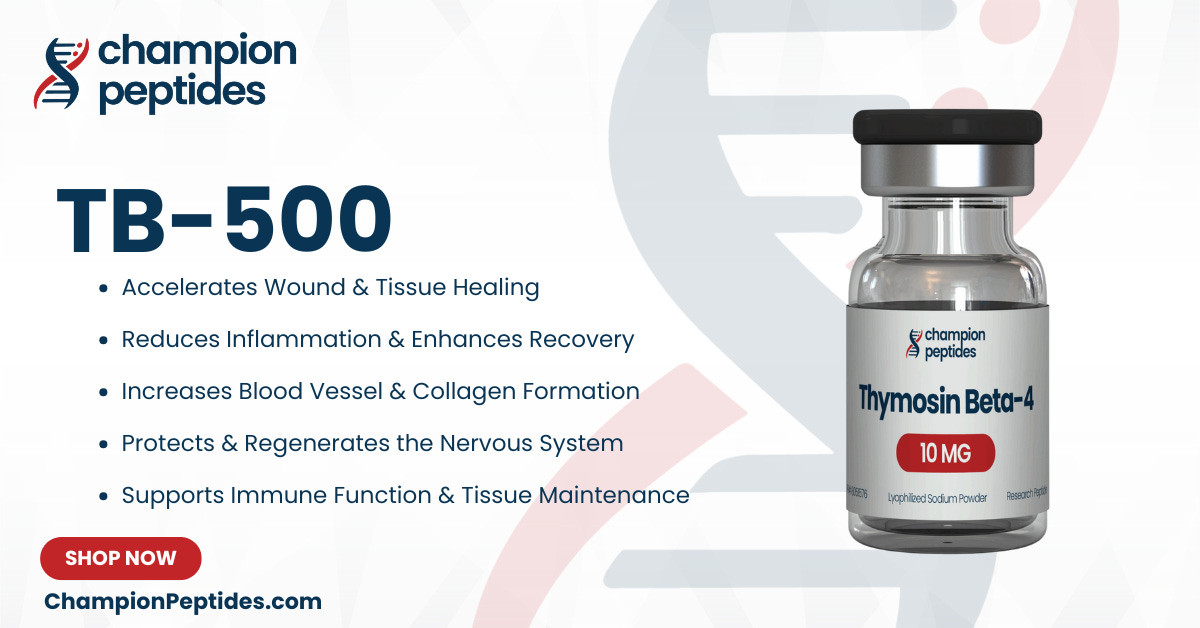
All peptide compounds are manufactured and distributed exclusively for legitimate research purposes by qualified institutions and researchers. Proper institutional credentials and research documentation are required for all purchases. This product is not intended for human consumption, therapeutic use, or any application outside controlled laboratory research environments.
Citations: Thymosin Beta-4 (TB-500) 10mg | TB-500 10mg is a synthetic peptide fragment researched for accelerating recovery, reducing inflammation, and supporting tiss … (167 kB) Champion Peptides is your premier source for high-purity, research-grade peptides, proudly manufactured in the U.S.A. Designed strictly for research purpose … Title: Thymosin β4: structure, function, and biological properties supporting current and future clinical applications Authors: Goldstein AL, Hannappel E, Sosne G, Kleinman HK Journal: Annals of the New York Academy of Sciences Year: 2012 Title: Thymosin beta4 promotes wound healing and modulates inflammatory response Authors: Sosne G, Qiu P, Christopherson PL, Wheater MK Journal: Annals of Surgery Year: 2007 Title: Thymosin β4 and its degradation product, Ac-SDKP, are novel reparative factors in renal fibrosis Authors: Zuo Y, Chun B, Potthoff SA, Kazi N, Brolin TJ, Orhan D, Yang HC, Ma LJ, Kon V, Myöhänen T, Rhaleb NE, Carretero OA, Fogo AB Journal: Kidney International Year: 2013
